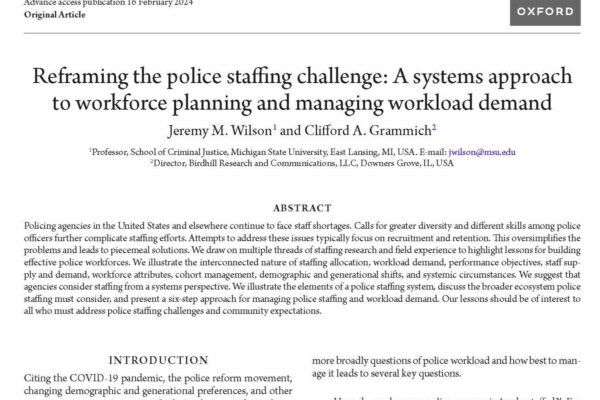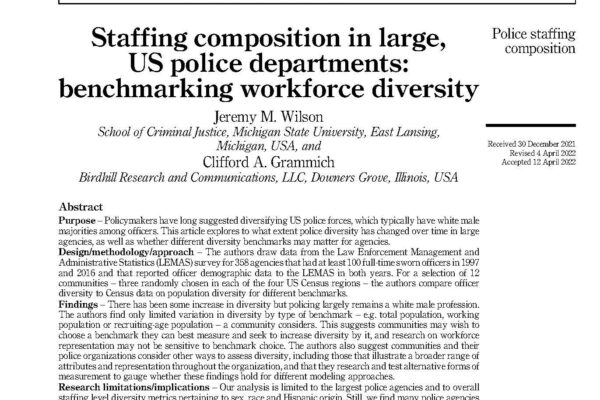Ranger Staffing for the National Park Service: A Guide for Meeting Workload Demand and Operational Risk. Washington, DC: U.S. Department of Interior, National Park Service, 2019.
Based on a national assessment of law enforcement provision in the National Park Service, this guide illustrates a data-driven approach for estimating the appropriate number of rangers that should be assigned to a park to meet strategic objectives and conform to the principles of operational risk management.






